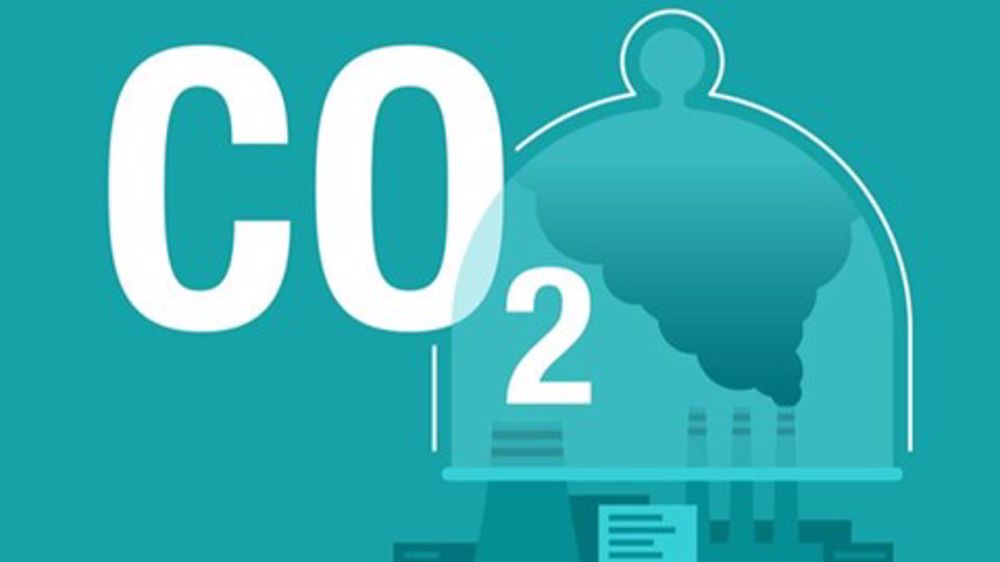The rise and fall – and rise again – of Carbon Capture and Storage

Carbon Capture and Storage (CCS) combines two well-established technologies: ‘CO2 scrubbing’ from chemical processing and compressed gas injection into underground reservoirs. It has moved from a niche hybrid technology in the 1990s to a recognised key technology for lowest cost achievement of net-zero carbon emissions by 2050. Yet the journey, especially in the UK, has not been a smooth one. The major challenge has been to minimise the added cost its use brings.
The story starts with the pioneering Statoil (now Equinor) Sleipner project, storing ~1M te CO2 pa in the North Sea since 1996. This project has shown the technical viability of CCS, the integrity of long-term safe storage (at least up to 25 years) and the effect of having a carbon tax as a financial driver, as Norway have had since 1991. The UK has had a stop-start approach to CCS with two failed £1bn pilot project competitions in the early 2020s, focusing on decarbonising power generation. On both occasions the projects were cancelled in the run-up to final investment decisions, leaving many frustrated chemical engineers, who played key roles in both projects.
It was clear that something had to change to get CCS back on the agenda. Here IChemE has played an important role. In 2016 the IChemE Energy Centre published a key paper (by IChemE Fellow Leigh Hackett who led the aborted 2012-15 White Rose project) which set out a new way ahead based on lessons learned from the failed competitions: focus CCS on difficult to decarbonise industrial processes rather than power; develop new business models which better share the risk between government and industrial stakeholders; reduce costs by building multiple plants at scale. In 2018 the Centre issued a Green Paper building on these ideas, with additional emphasis on ‘blue’ hydrogen and the value of co-locating processes (such as cement, iron and steel and chemical manufacture) in CCS industrial clusters sharing the same CO2 transport and storage infrastructure.
In parallel with this the UK government set up a “CCUS Cost Challenge Task Force” which reported in July 2018 and carried much the same messages as the IChemE Green Paper. The government accepted the recommendations of the Task Force, reinforced by the 2019 report of the Climate Change Committee that “CCS is a necessity not an option”.
Meanwhile chemical engineers have been busy reducing the costs of CCS with new improved processes (e.g., more efficient absorption column tray technologies; more efficient solvents; and new processes such as the Vienna Green Project which employs fluidised bed CO2 adsorption). This combination of improved technology with building plants at scale (up to 5Mte CO2 pa) and learning by doing is expected to bring the cost of CCS down from $50-100 per te CO2 in the early 2020s to ~$20 per te by the time several CCS industrial clusters are in place in the UK by 2030.
Through these CCS Clusters, the UK government plans to capture 10Mte CO2 pa by 2020 and up to 180 Mte pa by 2050. They are a good example of where chemical engineers continue to make strong contributions to managing the energy transition.